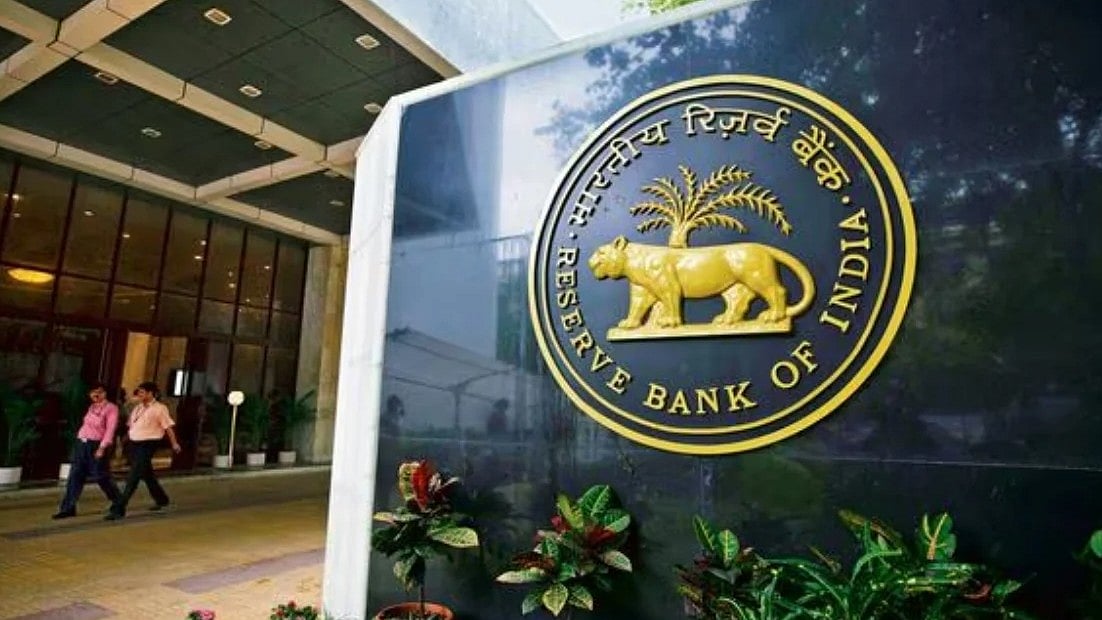Amid reports that the visit of US President Donald Trump will be an occasion to ask India to open itself to dairy (and poultry) imports from the US, it is good to look at the global and notably the US dairy industry and its practices. The US has had a thriving dairy industry that traditionally focussed on its domestic market. This changed in the early 2000s. In the decade from 2004 to 2014, for an example, US dairy exports grew four-fold, from US $1.6 billion to almost US $6.8 billion, according to the United States Department of Agriculture (USDA), riding on free trade agreements and opening up of world markets. This made the United States the world’s third-largest dairy product exporter, behind New Zealand and the European Union. But the story took a turn in 2015, when US dairy exports fell by almost 30 per cent for a variety of reasons. Among them was a Russian ban on dairy imports and changes in milk supply quotas in the European Union. As the USDA put it: “The US dairy industry will be challenged to increase market share in the years to come.”
The challenges continue to this day. For example, Skimmed Milk Powder, SMP, which is among the top two products of dairy exports from the United States (the other being cheese) faced some resistance in 2019. A USAD circular notes that SMP “faced strong competition in the global market that, coupled with retaliatory tariffs imposed by several major importing countries, undercut shipments.”
Access to the vast Indian market is therefore an important concession that the US would look to push for. However, they pose many unique problems for India, the first of which is that Indians have a special relationship with milk as food, seen as not only wholesome nourishment for children and adults alike but much more. Milk is also used to celebrate many Indian festivals, as offering to Gods, an important part of the tradition of temple foods, used in ‘mithai’ and ‘prasad’, going all the way to a long tradition that would celebrate stories of Lord Krishna, the ‘maakhan chor’, who feasted on butter, milk and cream. Milk therefore has an air of “purity” in the hierarchy of India’s preferred food choices. India remains the world’s largest producer and consumer of milk. This is not to speak of ‘Amul’ being among the most loved Indian brands in the Indian mind-set, so much so that many attempts by multinational competition to seize its leadership position in the market for dairy products have failed repeatedly.
It is not that Indian milk is wholesome today. Like a large part of our chemicalised food chain, milk in India from various sources also has dangerously high levels of chemicals that should have no place in the food supply chain. Further, there is the problem of “synthetic milk”, which is “an artificial imitation of natural milk with a high degree of adulteration (“pulverised detergent or soap, sodium-hydroxide, vegetable oil, salt and urea”, according to a paper published in Gujarat) to increase the volume of milk and thereby the profit”. The response has been a booming business in organic milk, priced often at Rs 100 and more a litre, which is more than double the rates of other (non-synthetic) milk.
But milk from the US has very different problems that will make it unacceptable to many consumers in India. It is milk from an industrialised system of large farms where cows are used as nothing more than milk producing machines, kept in tight spaces, artificially inseminated to produce calves in quick succession so that they continue to lactate, with the young snatched from them in a few days. Images and videos of mothers crying for their calves are not uncommon. The female calves will go on to lead this exact life till their yield reduces and they are sent for slaughter; the male calves are slaughtered in a few months for producing veal. The blood and remains of the cows that die in this horrific cycle are often fed to the calves under a system that in sum delivers industrial efficiency and optimum production at the cost of unending misery and unimaginable pain to the cows.
The cruelty of the global dairy industry has been well documented but it has moved very little in practices on the farm. The very idea of “blood meals”, or remains and parts of animals fed to milk-producing herbivores to reduce costs and maximise yield is in many ways nauseating but has been standard practice across the West and particularly in the US. After the mad cow disease, there were some restrictions but “blood meals” are still a part of the cow’s diet in industrialised dairy farming at least. The entire approach revolts against nature, is highly distressing to hear of but has been a part of standard operating practice for years and is said to be one cause of the mad cow disease. Consider this line from the New York Times of 2014: “For years, calves have been fed cow’s blood instead of milk…” Milk, the wholesome food, as seen in India, is a picture not of natural goodness but of the enormous human capacity for immorality, cruelty and exploitation at is worst.
This milk must not be allowed to arrive on Indian shores, whatever the Modi-Trump combine may want. The opposition can take many forms – religious, as the RSS may seek; moral, as any humane and sane thinking person being would seek; environmental, as millions of green campaigners would seek; on health grounds, as people who see milk as vegetarian would ask; or from animal rights groups, who will not stand for practices that inflict pain on animals so that we can eat butter on our toast, and wash it down with a glass of milk.
The import of US dairy products would also risk the import of dairy practices that should ideally be banned globally. Large farms run for mega profits bring in practices that are to be abhorred, but are sought to be justified using narrow research, questionable science and goodbye to humane ways of living. Consider that there was a research paper put out by the American Diary Science Association by four worthy writers that asked the question: “Should dairy calves be separated from the cow within the first few hours of birth?” The answer: 44 per cent of the respondents chose “yes”, 48 per cent said “no” and nine per cent were neutral. Such research highlights the mindless ways of the dairy industry; the results show how people can take leave of common sense and/or are indoctrinated to offer arguments that many a child in India would probably reject.
It is amazing that this is being discussed in a nation where cow slaughter is banned but milk produced by feeding calves the blood of cows is sought to be welcomed. The message to the Trump administration should be swift, clean and clear. US milk shall not be allowed into India. Any delay in voicing such a stand would mean that even cow protection, notwithstanding the many problems it has created and serious issues it has raised, was yet another Modi jumla. We should back up the position on US milk with strong regulation on practices in the Indian dairy industry, which is not far behind the US in its practices and standards of operation.
The writer is a journalist and a faculty member at SPJIMR. Views are personal. Syndicate: The Billion Press










